by Margaret Sgarra, contemporary art curator
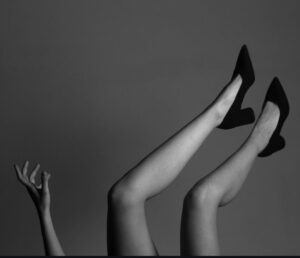 Let’s interview Giada Degortes, a young Sardinian photographer and director, who through her artistic imagery, manages to blend real, powerful and collective stories with her own inner and personal experience.
Let’s interview Giada Degortes, a young Sardinian photographer and director, who through her artistic imagery, manages to blend real, powerful and collective stories with her own inner and personal experience.
What does photography mean to you, and what do you want to communicate with your works?
For me, photography is a powerful means of expression. We know well that our subconscious operates primarily through images, clearly memorizing shapes and colors even after a long time. These images are the invaluable pieces that compose our imagination, fueling our fantasy and influencing our choices. This is why visual communication is so powerful.
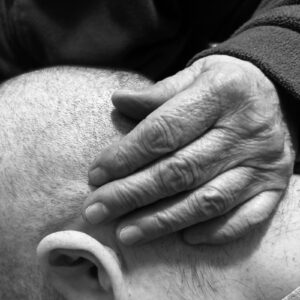 Specifically, creating photographic images gives us the opportunity not only to immortalize time, making it eternal, but also to freely give shape to our own inner visions, which, once shared, have the power to amaze, influence, and transform people. What has always captured my attention are the stories of people and places. Often the secret stories, the painful ones, what is left untold. I’ve always enjoyed, through art and theater, shedding light on all those stories that for some reason have remained in the shadows. I began with my own personal experience, creating works that recounted my fears and feelings during difficult moments of my life, and I immediately understood how cathartic and therapeutic it could be to give form to what we prefer to avoid on a daily basis.
Specifically, creating photographic images gives us the opportunity not only to immortalize time, making it eternal, but also to freely give shape to our own inner visions, which, once shared, have the power to amaze, influence, and transform people. What has always captured my attention are the stories of people and places. Often the secret stories, the painful ones, what is left untold. I’ve always enjoyed, through art and theater, shedding light on all those stories that for some reason have remained in the shadows. I began with my own personal experience, creating works that recounted my fears and feelings during difficult moments of my life, and I immediately understood how cathartic and therapeutic it could be to give form to what we prefer to avoid on a daily basis.
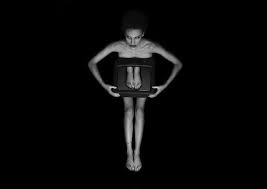 Then, quite naturally, a shift occurred. Increasingly, I began to engage with the stories of others, addressing both reflections on the masses and the community, as well as the extremely intimate and personal, often traumatic, stories of people close to me or unknown. Let’s just say I like picking up the pieces of bad things and transforming them, or at least I try, into beautiful things! These stories, born from interviews, long periods of observation and listening, become photographs, monologues, and performances. I’ve learned that when you shine a spotlight on shadows, they become clearer and less frightening. When someone accompanies you through this process, you feel less alone. It’s incredible how much an image can change the course of events. For me, photography is this, it’s a revolution shared and immortalized forever.
Then, quite naturally, a shift occurred. Increasingly, I began to engage with the stories of others, addressing both reflections on the masses and the community, as well as the extremely intimate and personal, often traumatic, stories of people close to me or unknown. Let’s just say I like picking up the pieces of bad things and transforming them, or at least I try, into beautiful things! These stories, born from interviews, long periods of observation and listening, become photographs, monologues, and performances. I’ve learned that when you shine a spotlight on shadows, they become clearer and less frightening. When someone accompanies you through this process, you feel less alone. It’s incredible how much an image can change the course of events. For me, photography is this, it’s a revolution shared and immortalized forever.
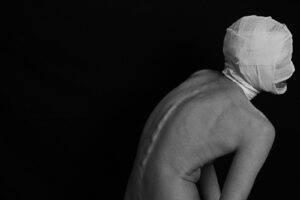 In your opinion, when a true story is told through photographic images, does the photographer’s point of view subsequently influence the viewer’s work?
In your opinion, when a true story is told through photographic images, does the photographer’s point of view subsequently influence the viewer’s work?
Absolutely, yes! In photographic narratives of reality, the artist is the filter between the true story and the work. The ways to tell a true story are infinite, just as the artistic visions and nuances are. For this reason an artist’s point of view will undoubtedly influence the viewer, having the ability to capture his attention, to move him, to evoke or not evoke sensations and memories. In my opinion, it is in these processes that talent lies. It is from these types of choices that the strength of a work is defined.
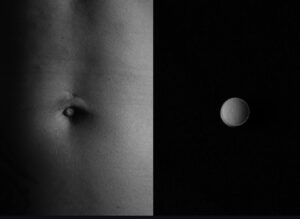 In your artistic research, we find a predilection for black and white. Does it have a particular meaning for you?
In your artistic research, we find a predilection for black and white. Does it have a particular meaning for you?
I really like dark tones, sharp contrasts and geometric shapes. I’m a fairly messy person in my life, but in art I require a meticulous rigor. Black and white evokes a sort of order and calm in me, and this helps me better define my images.
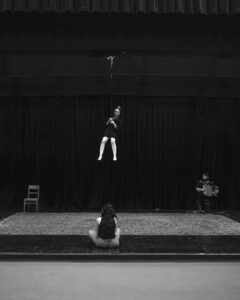 Alongside your photography research, you also work as a theater director. Do you think there’s a connection between the two worlds?
Alongside your photography research, you also work as a theater director. Do you think there’s a connection between the two worlds?
Definetley. When I encountered photography during my academic years, I immediately fell in love with this artistic medium. When I began working in theater, I realized that working with images was essential on stage, both in the visualization process for the actors and from the dramaturgical perspective and of direction. When composing shows, I always start from the suggestions of certain images, and I realize that mentally I organize the stage and arrange the actors and sets using the same geometric rigor I use in photography. Furthermore, there’s a whole issue of light composition that inextricably links photography and theater. They are two extremely interconnected worlds.
 Is there any artist you particularly admire and why?
Is there any artist you particularly admire and why?
There are so many artists I love and admire. Three giants of global photography in particular have undoubtedly influenced my journey. Certainly, one is Joel Peter Witkin, for his provocative and irreverent style which distinguishes him in his masterful immortalization of the dark sides of humanity. Witkin pushes the viewer to confront what we usually avoid. And when I encountered his work as a student, I was captivated. The other is undoubtedly Salgado, because in a single lifetime he managed to immortalize an immense mass of human events like no other, traveling far and wide across all five continents, risking his life several times to bring home his invaluable testimony. I hold him in high regard for the immense artistic and emotional legacy he has left us. I cannot fail to mention Letizia Battaglia, for the boldness of her gaze and her immense courage.